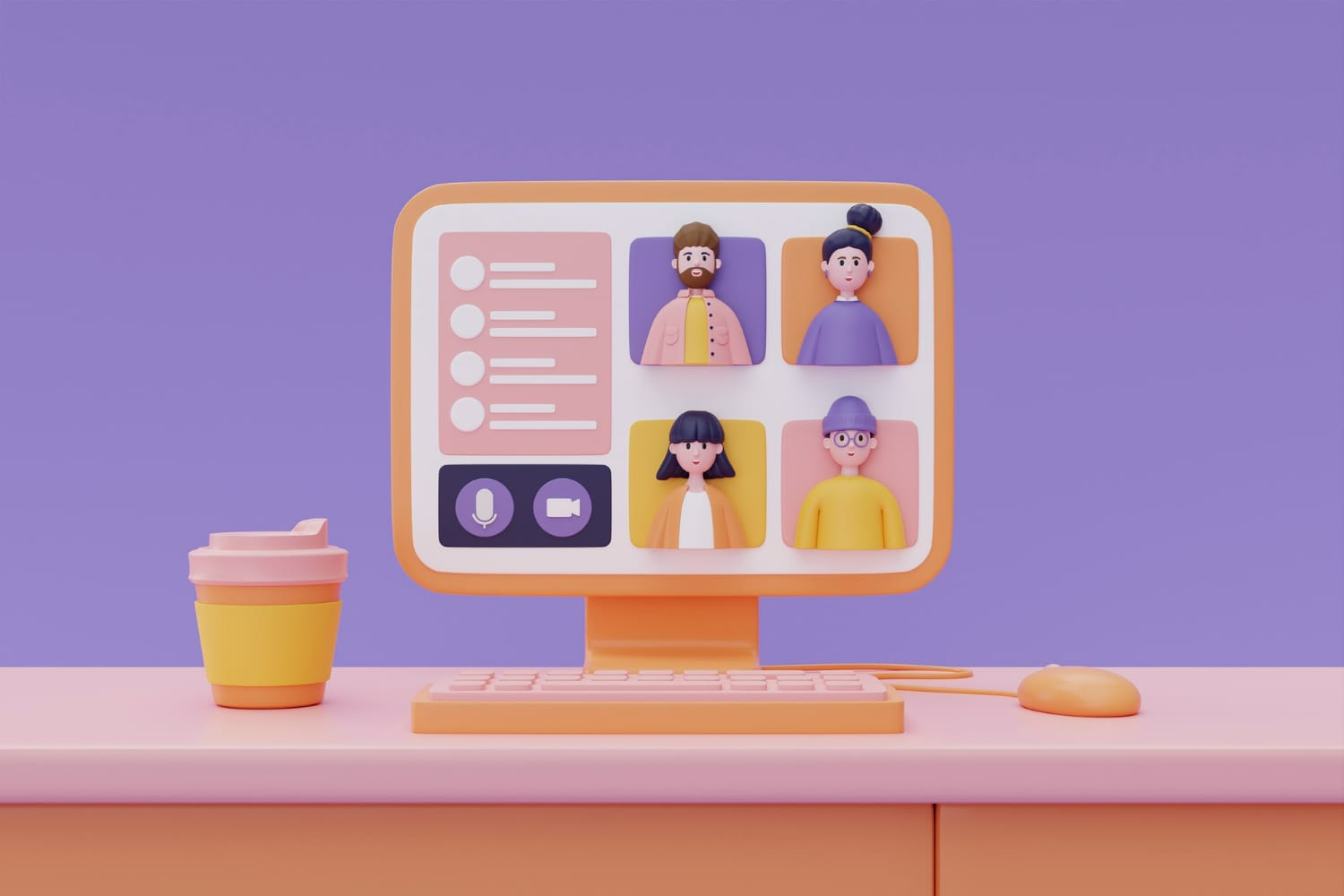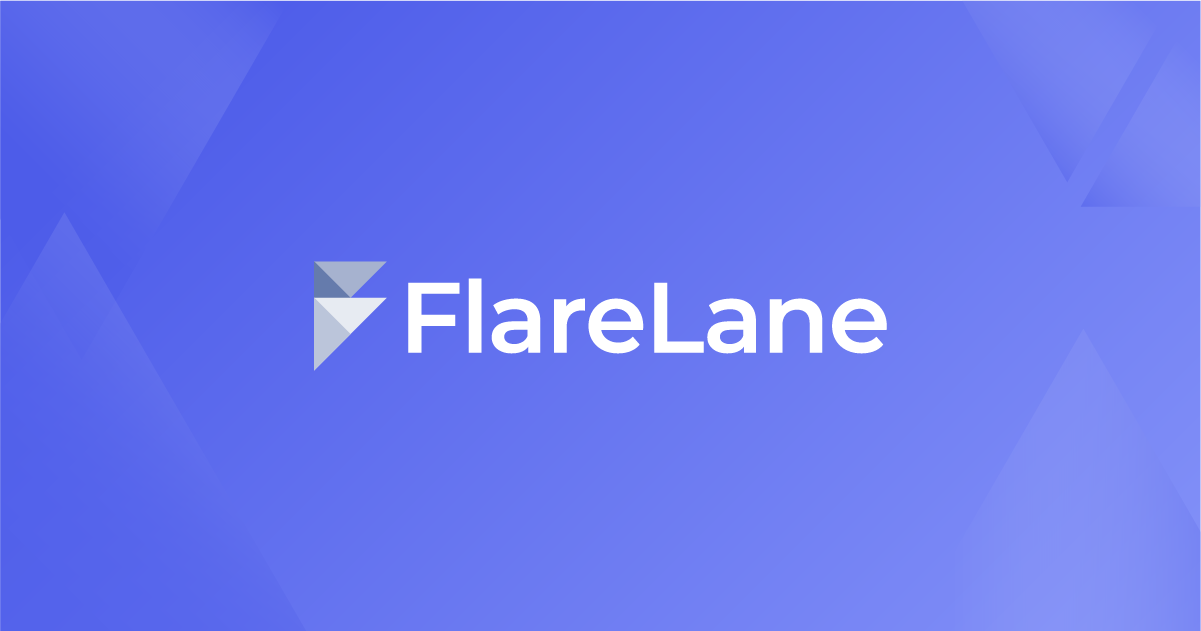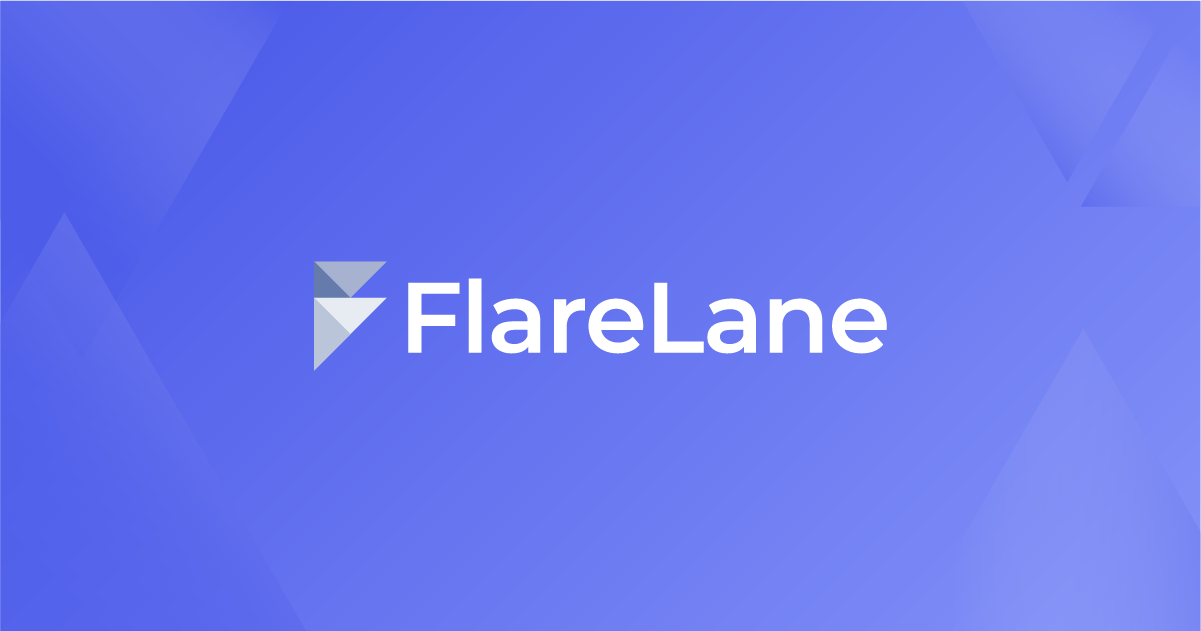The Future of Customer Engagement Platforms: Trends to Watch in 2025

In today’s digital landscape, customer interactions span across social media, websites, mobile apps, and beyond. Relying on a single channel is no longer sufficient for brands looking to engage and retain customers effectively. To deliver seamless, personalized experiences, businesses need a centralized platform that tracks, manages, and optimizes interactions across multiple touchpoints.
This is where Customer Engagement Platforms (CEPs) come into play. But what exactly is a CEP, and how does it differ from other marketing and automation tools? In this article, we’ll explore the core functionalities of CEPs, their key advantages over other solutions, and emerging trends shaping the future of customer engagement in 2025.
✅ Businesses use CEPs to enhance customer experience, boost conversions, and improve retention.
✅ A CEP unifies data from multiple channels to deliver personalized, real-time interactions.
✅ In contrary to CRM software, a CEP focuses on real-time, cross-channel engagement.
What Is a Customer Engagement Platform?

A Customer Engagement Platform (CEP) is a comprehensive software solution that helps businesses deliver personalized, real-time, and cross-channel notifications to their customers. By integrating data from various touchpoints—such as websites, mobile apps, SMS, and social media—a customer engagement platform enables brands to create seamless, context-aware, and meaningful customer experiences at scale. Key features of the customer engagement platform are as follows:
Advanced Personalization and Automation
By leveraging AI-driven algorithms and automation tools, customer engagement platforms help brands deliver highly relevant content, offers, and messages at the right moment. Businesses can set up dynamic audience segmentation, trigger campaigns based on user behavior, and use machine learning to optimize engagement strategies over time. Automated workflows also reduce manual effort, ensuring efficiency while maintaining a high level of personalization.

Centralized Customer Data
A customer engagement platform consolidates customer interactions from various channels into a single, unified profile, allowing businesses to track user behavior, preferences, and engagement history. This centralized approach ensures a consistent and personalized experience by preventing fragmented messaging and enabling real-time decision-making based on the latest customer actions.
Real-Time Engagement and Responsiveness
One of CEP's key features is its ability to react instantly to customer actions. Whether a user abandons a shopping cart, engages with a product, or reaches a specific milestone, the platform can trigger instant push notifications, SMS alerts, or in-app messages to keep the conversation going. Real-time engagement ensures that brands can capture attention at critical moments, improving conversion rates and customer satisfaction.
Seamless Cross-Channel Communication
A customer engagement platform enables brands to orchestrate consistent and cohesive interactions across multiple touchpoints, including web, mobile apps, SMS, social media, and push notifications. Since customers often switch between devices and channels, CEP's key features ensure they receive a connected experience without redundant or conflicting messages. This holistic approach strengthens brand identity and fosters customer trust.
How Is a CEP Different from a Marketing Automation Platform or CRM?

Many marketers confuse a Customer Engagement Platform (CEP) with Customer Relationship Management (CRM) software or Marketing Automation Platforms (MAPs) because they share overlapping functionalities. Some platforms even combine elements of all three, offering CRM, marketing automation, and real-time customer engagement in one unified solution. However, their core purposes and strengths remain distinct. Here are the key differences:
Customer Engagement Platform (CEP)
- Designed for real-time customer interactions across multiple channels.
- Uses behavioral, transactional, and real-time data to personalize engagement.
- Focuses on delivering cross-channel customer experiences through automation.
Marketing Automation Platforms (MAP)
- Focuses on automating marketing campaigns like SMS and ads.
- Uses campaign-based data to schedule and send marketing messages.
- Lacks real-time engagement capabilities but is useful for nurturing leads.
In summary, a CEP goes beyond traditional CRM and marketing automation platforms by focusing on real-time, data-driven engagement across multiple channels.
Customer Relationship Management (CRM)
- Primarily a platform for managing customer records and relationships over time.
- Relies on historical and transactional data to track interactions.
- Helps sales and support teams manage customer interactions but lacks real-time engagement.
Why Do Businesses Need a Customer Engagement Platform?

A Customer Engagement Platform (CEP) is essential for businesses looking to create seamless, personalized, and data-driven customer interactions. By integrating multiple channels and leveraging real-time insights, a CEP helps brands improve engagement, boost conversions, and build long-term customer loyalty.
Cross-Channel Engagement Is the Norm
Consumers today are not confined to a single platform when interacting with brands. A typical customer might research a product on a desktop website, add it to their cart via a mobile app, and then complete the purchase after receiving a reminder. Without a unified engagement strategy, brands risk delivering disjointed experiences, leading to frustration and drop-offs.
A CEP synchronizes interactions across multiple channels, ensuring customers receive a consistent and seamless experience regardless of the device or platform they use. Whether through the web, in-app messages, mobile, SMS, or push notifications, a CEP ensures that every touchpoint works together to keep the customer engaged and moving through their journey.
Customers Expect Personalized Experiences
In today’s digital-first world, customers expect brands to understand their needs and provide tailored interactions. According to a McKinsey report, 71% of consumers expect personalized experiences, and 76% get frustrated when they don’t receive them. Generic, one-size-fits-all messaging no longer works—businesses must deliver the right message at the right time, based on user behavior and preferences.
A CEP enables brands to meet these expectations by tracking user interactions across different touchpoints and using AI-driven automation to deliver targeted content, recommendations, and offers. Whether it’s sending a personalized message, a dynamic push notification, or an exclusive SMS discount, a CEP ensures that every communication feels relevant and valuable to the customer.
Data-Driven Insights Improve Customer Retention
Understanding customer behavior is key to building long-term relationships. A CEP provides deep analytics and actionable insights into how users interact with a brand across various channels.
Businesses can track open rates, click-through rates, conversion rates, and engagement trends, helping them refine their strategies over time. AI-powered predictive analytics can even forecast customer behavior, enabling brands to proactively address churn risks by offering personalized incentives or re-engagement campaigns before customers disengage.
By leveraging these insights, businesses can continuously optimize their engagement strategies, improve customer satisfaction, and ultimately increase retention and lifetime value (LTV).
The Trend to Watch in 2025

As businesses continue to leverage customer engagement platforms (CEPs), the next major trend is AI-powered predictive engagement—using machine learning and real-time data analysis to anticipate customer needs before they arise. Rather than just reacting to user behavior, brands can now proactively deliver personalized experiences, offers, and support at the perfect moment.
How Predictive Engagement Works
- Behavior-Based Forecasting: AI analyzes past interactions, purchase history, and engagement patterns to predict what a customer is likely to do next.
- Automated Next-Best Actions: CEPs can trigger hyper-personalized recommendations, exclusive discounts, or support messages based on predictive insights.
- Churn Prevention Strategies: By detecting early signals of disengagement, AI can help businesses retain customers by offering targeted incentives before they leave.
Why This Matters in 2025
With rising competition and evolving consumer expectations, predictive engagement reduces marketing inefficiencies, enhances personalization, and increases customer lifetime value. Businesses that integrate AI-powered insights into their CEP strategy will stay ahead, ensuring proactive, data-driven interactions that drive conversions and loyalty.
Final Thoughts
A Customer Engagement Platform is more than just a marketing tool—it’s a central hub for delivering personalized, real-time, and cross-channel interactions that keep customers engaged. With consumers expecting seamless experiences across multiple touchpoints, investing in a CEP is no longer optional—it’s a necessity for brands looking to stay ahead in 2024 and beyond.
FlareLane is a next-generation cross-channel customer engagement platform that facilitates real-time, personalized interactions through in-app messaging, push notifications, SMS, and webhooks. Built to optimize customer journeys, it ensures seamless message delivery, minimizing technical issues and maximizing engagement, ultimately driving business growth.
Want to dive deeper into customer engagement? Explore our how-to guides below!
👉Read more: How Customer Engagement Platforms Will Evolve
👉Read more: How to Improve Customer Engagement With AI
👉Read more: FlareLane vs. Braze: What's the Difference?



